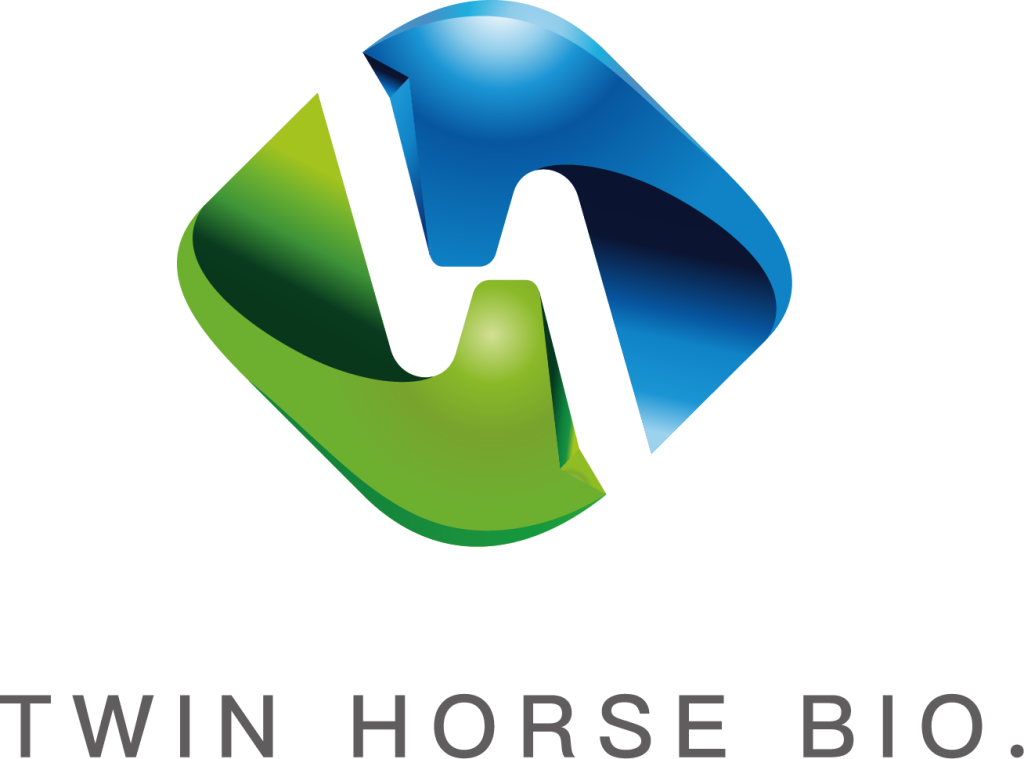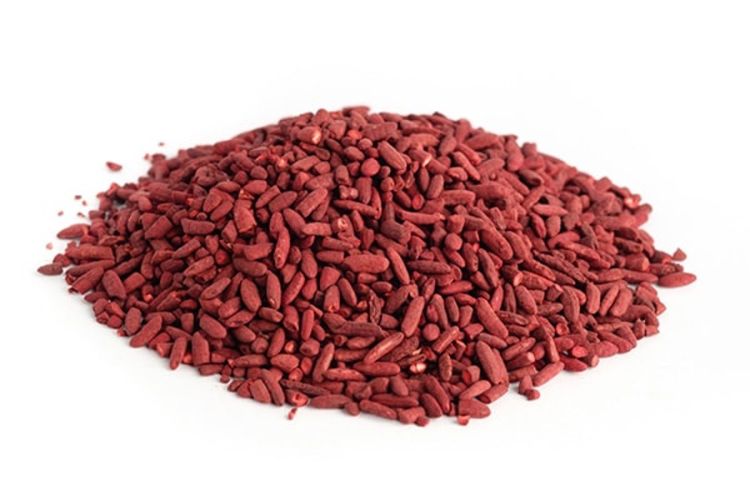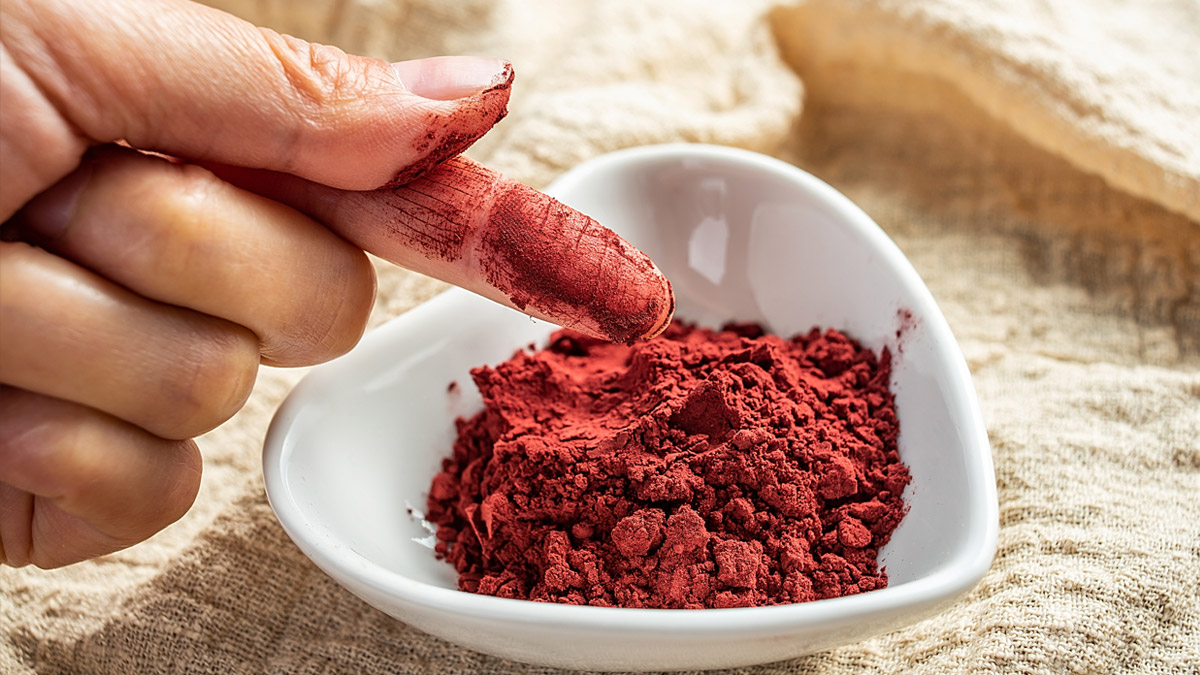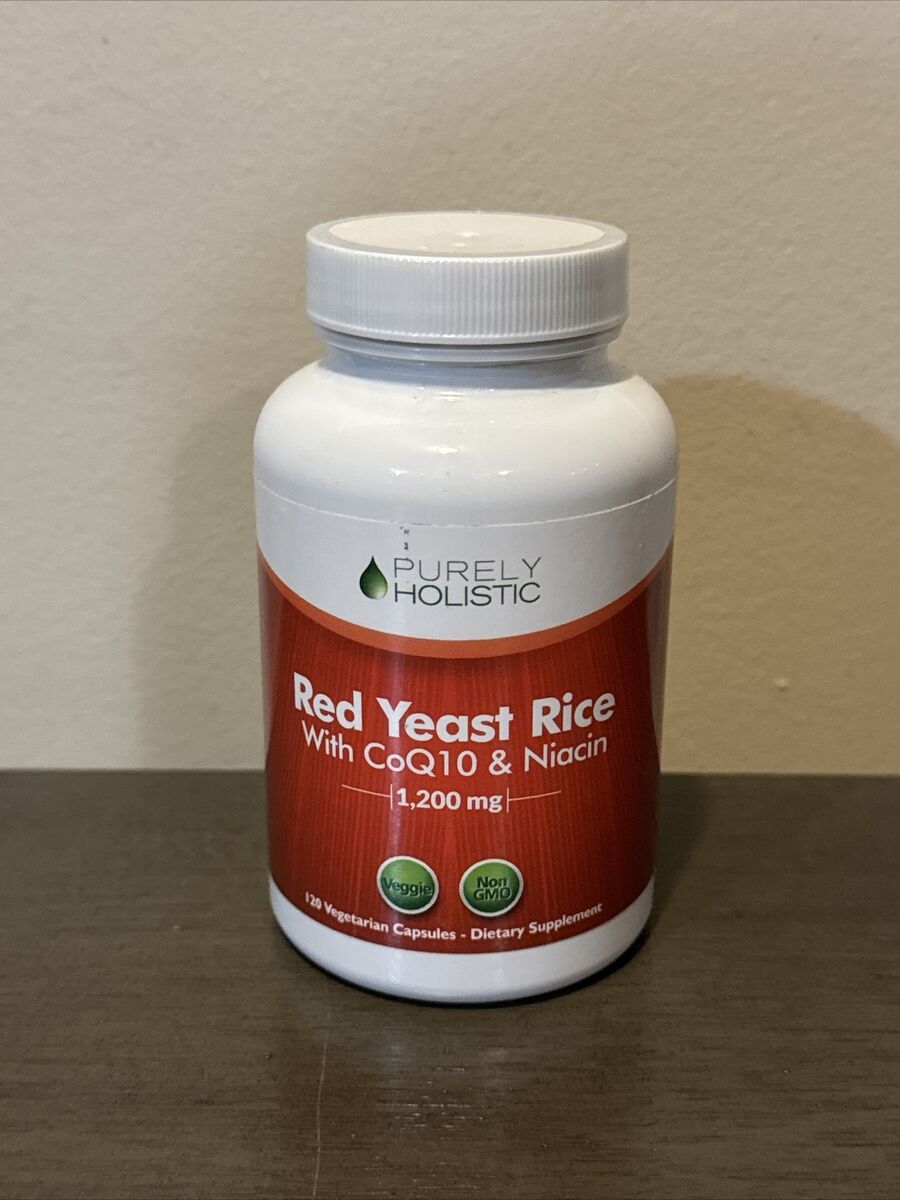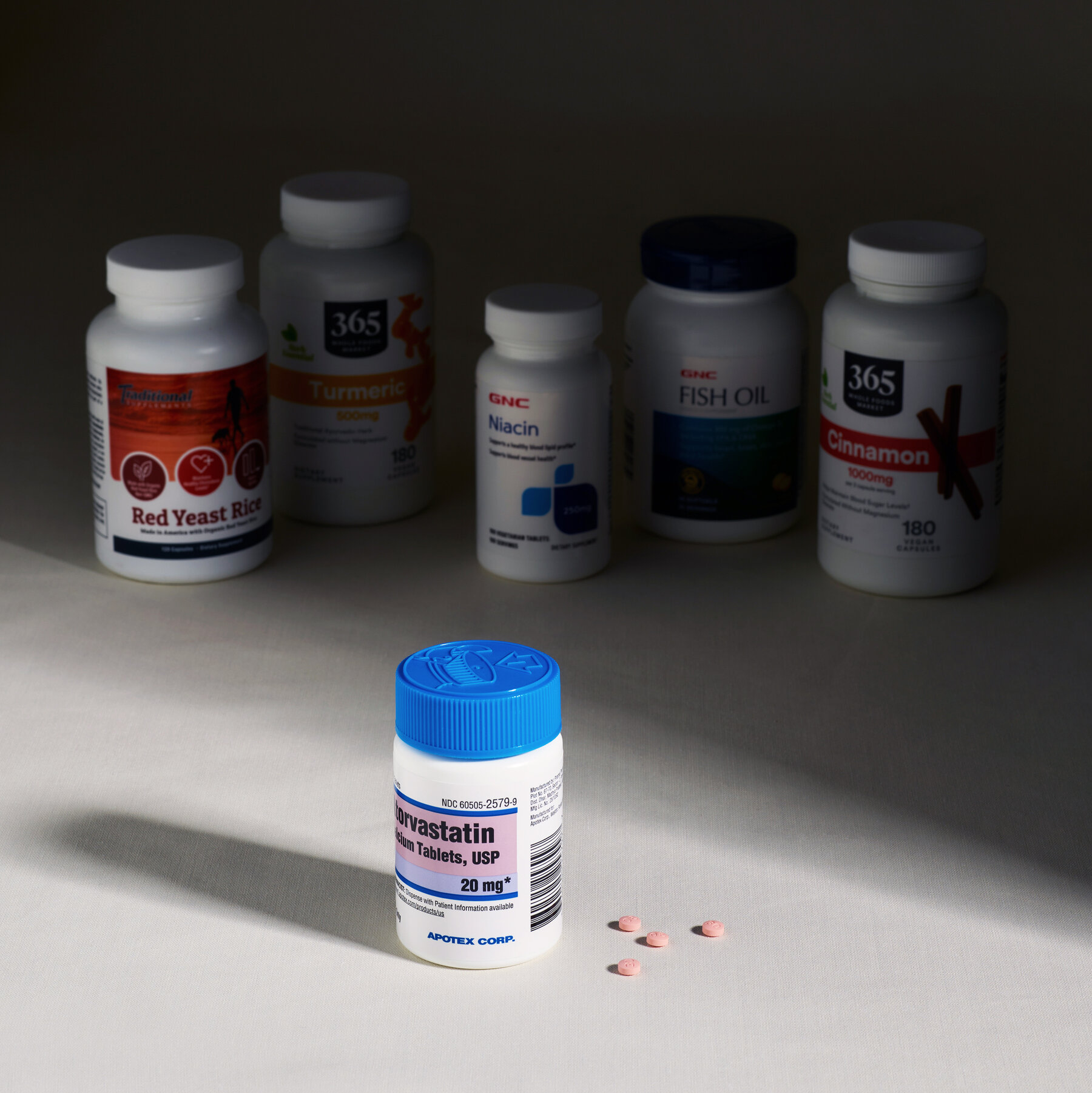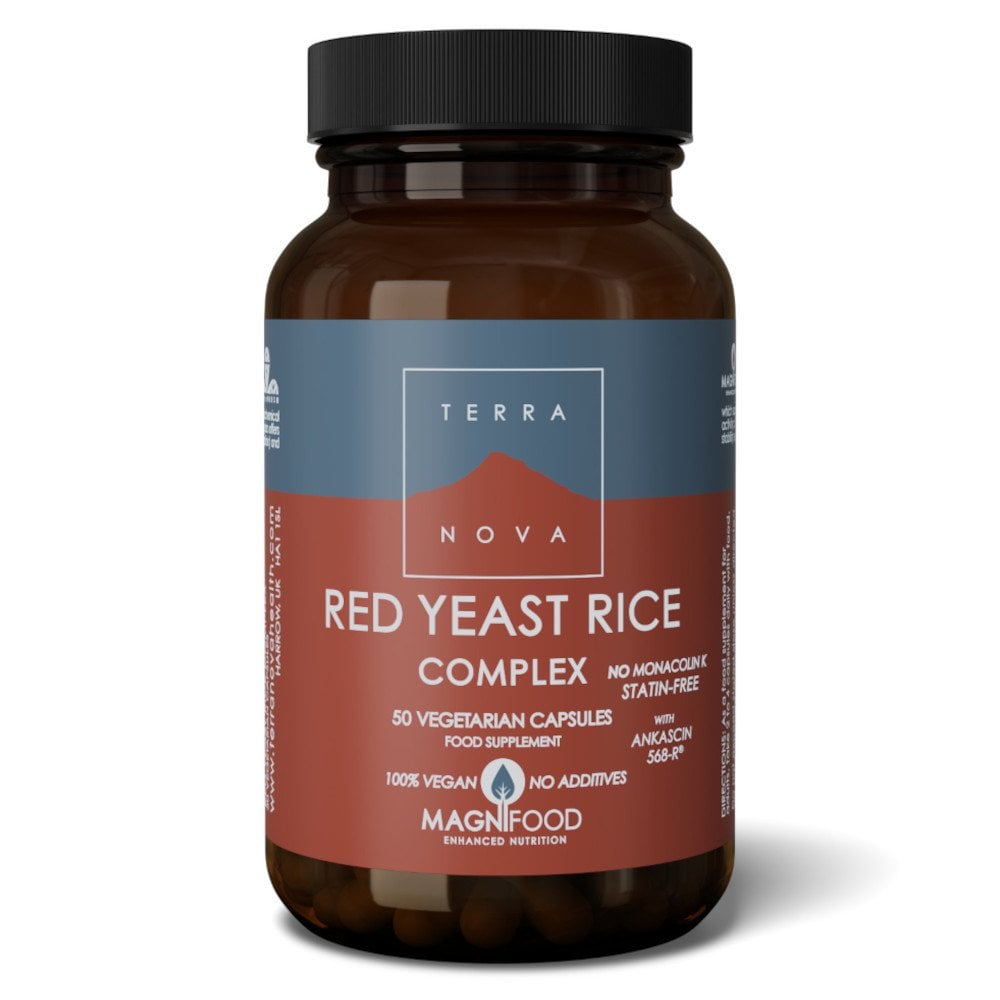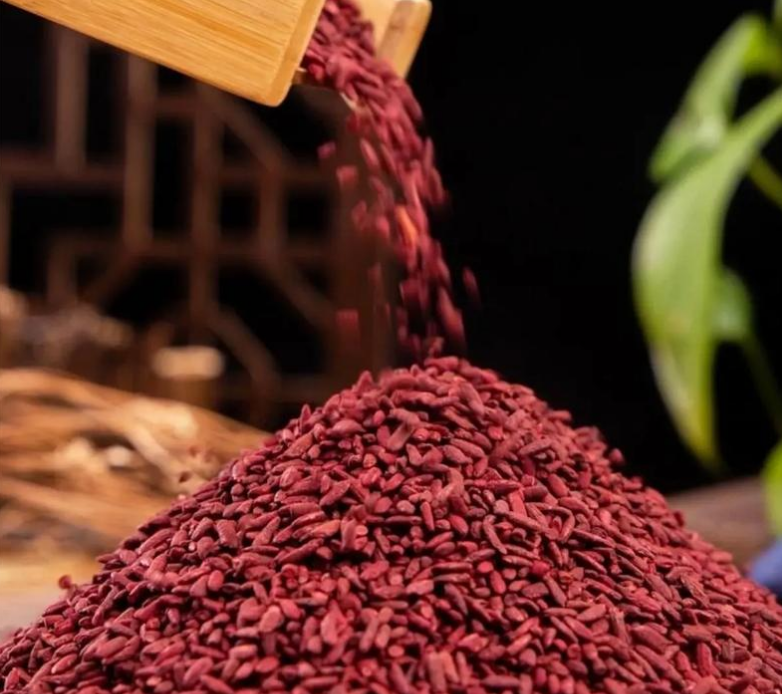Red yeast rice helps lower LDL cholesterol by 15-25% and total cholesterol by 20%, as shown in studies. It also reduces heart disease recurrence by 45% and improves gut health by increasing beneficial bacteria by 20%. Take 600-1200 mg daily for optimal results.
Reduce fat and protect the heart
Worldwide, 17.9 million people die from cardiovascular disease each year due to high cholesterol, accounting for 31% of all deaths. Lovastatin, which is found in red yeast rice, is effective in reducing low-density lipoprotein cholesterol (LDL-C) by an average of 15 to 25 percent. In a double-blind randomized controlled trial of 2,000 patients with hyperlipidemia, those taking red yeast rice extract saw their total cholesterol levels drop by 22 percent and triglycerides drop by 18 percent after 12 weeks.
In China, the price of red yeast rice supplements on the market is usually between 100 and 300 yuan per bottle, and the cost of taking them every day is about 3 to 10 yuan, while the average monthly cost of prescription statin drugs is more than 300 yuan. In the United States, sales of red yeast rice supplements have increased by 28 percent in the past five years.
In a 2-year follow-up study, red yeast rice users had a 45 percent reduction in heart disease recurrence. A survey of 800 patients showed that only 2% of those taking red yeast rice reported mild discomfort, compared with 10% to 20% of adverse reactions to traditional statins. The global market size of red yeast rice related products will reach US $1.8 billion in 2023 and is expected to grow at an average annual rate of 5.5% until 2030.
Red yeast rice combined with coenzyme Q10 increased left ventricular ejection fraction by 8% and exercise endurance by 12%. Lovastatin levels in different brands of red yeast rice range from 0.5 mg to 10 mg per gram. Middle-aged people who have a need for health management can take 600 mg to 1200 mg of red yeast rice extract daily.
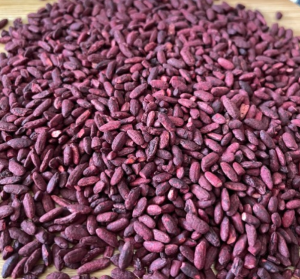
Natural cholesterol lowering
About 39 percent of adults worldwide have high cholesterol levels, and more than 50 percent of this population is at potential risk for cardiovascular disease. Red yeast rice is effective in reducing low density lipoprotein cholesterol (LDL-C) levels, with studies showing an average reduction of between 15% and 25%.
After a 12-week trial of red yeast rice in 2,500 patients with high cholesterol, it was found that participants’ total cholesterol levels dropped by 20 percent, including a 22 percent drop in LDL cholesterol. At the same time, high-density lipoprotein cholesterol (HDL-C) increased by 8 percent.
In the Chinese market, the average price of each bottle of red yeast rice health care products is about 200 yuan, and the cost of taking it every day is less than 10 yuan. Prescription drugs such as atorvastatin cost about $300 to $500 a month on average. A trial of 1,000 patients showed that long-term use of red yeast rice reduced the risk of heart disease recurrence by 45 percent.
The incidence of muscle pain with conventional statins was 12 percent, compared with just 2 percent for red yeast rice. The global market size of red yeast rice related products reached 2.2 billion US dollars in 2022 and is expected to grow to 3.5 billion US dollars by 2028, with an average annual growth rate of 7.6%.
The combination of red yeast rice and coQ10 improved exercise endurance by 12% and indicators of heart function such as left ventricular ejection fraction by 9%. In the red yeast rice products on the market, the content of lovastatin ranges from 0.3 mg to 10 mg per gram. A daily dose of 600 mg to 1200 mg can achieve the effect of lowering cholesterol.
Cardiovascular protection
More than 17 million people worldwide die from cardiovascular disease each year, and more than 40% of these cases are closely related to high cholesterol. In a multicentering randomized controlled trial covering 3,000 patients, those taking red yeast rice extract had an average 24 percent reduction in LDL cholesterol and a 20 percent reduction in total cholesterol, while triglyceride levels dropped by 18 percent. In the placebo group, the change in each measure was less than 5%. Cardiovascular events were 32% lower in the red yeast rice group.
In the Chinese market, the average price of a 30-day dose of red yeast rice capsule is between 150 yuan and 300 yuan, and the cost of taking it every day is less than 10 yuan. Prescription drugs such as atorvastatin cost about $400 a month on average. In a clinical study involving 1,000 patients, those taking red yeast rice saw an average 15 percent improvement in markers of atherosclerosis, compared with just 3 percent in the control group. A survey of 600 patients showed that only 1.8 percent of people taking red yeast rice reported minor adverse reactions, compared with 11 percent of those taking synthetic statins.
Global sales of red yeast rice related products reached $2 billion in 2021 and are expected to reach $3 billion by 2026 at an annual growth rate of 7.5%. Red yeast rice combined with coenzyme Q10 increased left ventricular ejection fraction by 8% and exercise endurance by 10%.
The amount of lovastatin in different brands of red yeast rice products varies from 0.5 mg to 10 mg per gram. Adults taking 600 mg to 1200 mg of red yeast rice extract daily can obtain significant lipid-lowering and cardiovascular protective effects.
Improve blood circulation
About 25% of the global population has some degree of circulatory problems, of which more than 60% of patients are middle-aged and elderly people. A study of 1,500 subjects showed that after taking red yeast rice extract for 12 weeks, patients’ blood flow rate increased by an average of 18% and capillary density improved by 22%.
Patients taking red yeast rice showed a 25% improvement in endothelium-dependent diastolic function (FMD) within 8 weeks. Patients taking red yeast rice had an average 15 percent reduction in platelet aggregation and a 12 percent increase in blood fibrinolytic enzyme activity.
Red yeast rice extract can increase the peripheral blood flow of the subjects by 10% in 4 weeks. The price of a 30-day bottle of red yeast rice health supplement is usually between 150 and 250 yuan, and the daily cost is 5 to 8 yuan. Anticoagulant drugs such as warfarin cost more than $300 a month on average.
In a study of 600 people with diabetes, those taking red yeast rice extract increased their foot peripheral blood flow by an average of 15 percent over 12 weeks and reduced the healing time for lower limb ulcers by about 20 percent. A safety study of 800 patients showed that less than 2% reported mild discomfort, compared with up to 12% of adverse reactions to conventional anticoagulants.
Global sales of red yeast rice products reached $1.8 billion in 2022 and are expected to grow at an average annual rate of 6.8% to $2.5 billion by 2027. The content of lovastatin in different brands of red yeast rice products varies greatly, with a minimum of 0.5 mg per gram and a maximum of 8 mg.
Boost immunity
In the elderly population, the proportion of decreased immunity is more than 60%. A study of 500 subjects showed that after taking red yeast rice for eight weeks, the subjects’ levels of immunoglobulin G (IgG) increased by an average of 15%. Red yeast rice extract can significantly reduce the expression levels of pro-inflammatory factors in vivo by 18% and 22%, respectively. In a 12-week trial, people taking red yeast rice had a 23 percent increase in the number of lactic acid bacteria in their gut and a 17 percent increase in the activity of immune-regulating T cells in their bodies.
In a study of 300 patients with chronic inflammation, C-reactive protein (CRP) levels dropped by 30 percent in the experimental group taking red yeast rice, compared to just 5 percent in the control group. A 30-day bottle of red yeast rice products costs about 150 to 300 yuan, while other immune-boosting nutritional supplements such as coenzyme Q10 or collagen usually cost more than 400 yuan a month.
A clinical trial of people over the age of 65 showed that after taking red yeast rice for six months, the participants’ natural killer cell (NK cell) activity increased by 21% and the incidence of colds and other infections decreased by 28%.
Red yeast rice extract can significantly increase the level of superoxide dismutase (SOD) in the body, with an average increase of 18%. The global market size of red yeast rice related products reached 1.9 billion US dollars in 2022 and is expected to grow to 2.8 billion US dollars by 2027, with an average annual growth rate of 8%.
A safety study involving 800 participants showed that less than 2% of participants taking red yeast rice reported minor adverse reactions, compared with more than 5% for common immune boosters such as high doses of vitamin C.
Anti-inflammatory and antioxidant
Chronic inflammation is one of the leading causes of more than 60% of deaths worldwide. A study of 1,000 subjects showed that after taking red yeast rice for 12 weeks, their C-reactive protein (CRP) levels dropped by an average of 25%. Red yeast rice extract can significantly increase the activity of superoxide dismutase (SOD) in vivo, with an average increase of 20%.
The patients who took red yeast rice had a 30 percent drop in their serum levels of oxidized low-density lipoprotein (ox-LDL). A randomized, double-blind trial in women showed that after taking red yeast rice extract for eight weeks, levels of oxidative stress markers in the skin were reduced by 15%, and skin smoothness and elasticity were improved by 12% and 18%, respectively.
In the Chinese market, a 30-day bottle of red yeast rice products costs about 150 to 300 yuan, while the average monthly cost of common antioxidants such as coenzyme Q10 usually exceeds 400 yuan. In a study of 500 people with diabetes, those taking red yeast rice saw their HBA1c levels drop by an average of 0.5 percentage points, while levels of the inflammation marker CRP fell by 22 percent.
A long-term trial of 600 participants showed that only 2% reported mild discomfort. The incidence of adverse reactions to traditional anti-inflammatory drugs is usually above 10%. The global market size of red yeast rice related products is $2.1 billion in 2022 and is expected to grow to $3 billion by 2027, with an average annual growth rate of 7.5%.
Wellness
About 60% of adults have varying degrees of sub-health each year, and continuous intake of red yeast rice preparations can reduce low-density lipoprotein cholesterol (LDL-C) levels by 20% and total cholesterol by 18%. A study of 1,000 middle-aged and elderly people showed that after taking red yeast rice for 8 weeks, the participants’ vascular endothelial function improved by 25% and the speed of capillary blood flow increased by 15%.
Red yeast rice significantly increased the activity of superoxide dismutase (SOD) and glutathione peroxidase (GSH-Px) in vivo, with an average increase of 22% and 18%, respectively. A study of 300 middle-aged women showed that taking red yeast rice for three months increased skin elasticity by 12% and reduced the depth of wrinkles by an average of 8%.
Red yeast rice increased the number of beneficial gut bacteria, such as Lactobacillus and bifidobacterium, by 20% and 15%, respectively. In a trial involving 500 patients with intestinal distress, the bloating and constipation symptoms improved 68 percent in the red yeast rice group after four weeks, compared with 28 percent in the control group. Blood levels of C-reactive protein (CRP) fell by 28 percent in the subjects who took red yeast rice.
In the Chinese market, a 30-day dose of red yeast rice capsules costs between 150 and 300 yuan, which translates to a daily cost of about 5 to 10 yuan. In 2022, the sales of red yeast rice related products in China reached 8.5 billion yuan, an increase of 18% year-on-year.
After four weeks of taking red yeast rice, the average time to fall asleep was 18 minutes shorter and the proportion of deep sleep increased by 10 percent. A long-term study involving 800 participants showed that after six months of taking red yeast rice, less than 3% of the population had a positive effect. And traditional chemical drugs such as lipid-lowering drugs statins, the incidence of adverse reactions is usually more than 10%.
